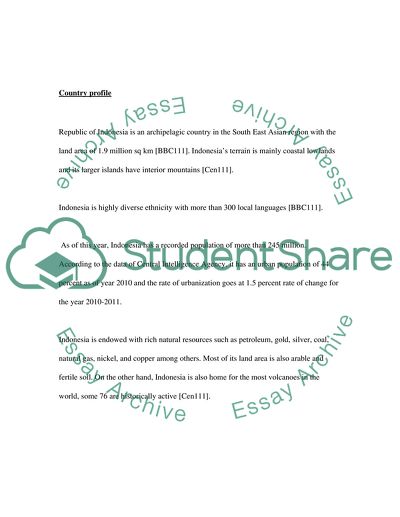Cite this document
(The Deforestation in Indonesia Research Paper Example | Topics and Well Written Essays - 2250 words - 1, n.d.)
The Deforestation in Indonesia Research Paper Example | Topics and Well Written Essays - 2250 words - 1. Retrieved from https://studentshare.org/environmental-studies/1754222-deforestation-in-indonesia
The Deforestation in Indonesia Research Paper Example | Topics and Well Written Essays - 2250 words - 1. Retrieved from https://studentshare.org/environmental-studies/1754222-deforestation-in-indonesia
(The Deforestation in Indonesia Research Paper Example | Topics and Well Written Essays - 2250 Words - 1)
The Deforestation in Indonesia Research Paper Example | Topics and Well Written Essays - 2250 Words - 1. https://studentshare.org/environmental-studies/1754222-deforestation-in-indonesia.
The Deforestation in Indonesia Research Paper Example | Topics and Well Written Essays - 2250 Words - 1. https://studentshare.org/environmental-studies/1754222-deforestation-in-indonesia.
“The Deforestation in Indonesia Research Paper Example | Topics and Well Written Essays - 2250 Words - 1”, n.d. https://studentshare.org/environmental-studies/1754222-deforestation-in-indonesia.


